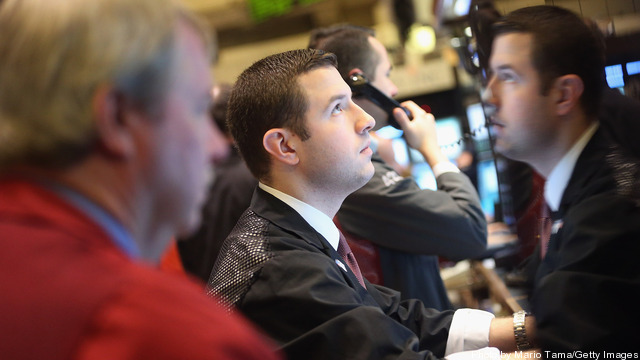
There simply couldn’t be a better time to talk about how renewable energy is financed, and how changes in financing are affecting the entirety of a market that has matured at a rapid pace.
As bankers, project developers, analysts and regulators gather for another year at the Renewable Energy Finance Forum – Wall Street, they will be standing before that overused but apt metaphor: A crossroads.
What has worked for the past few years in renewable energy finance isn’t working any more, and the high-level gathering in New York City on June 19-20, 2012 marks a kind of referendum on how to proceed. The impending national elections in November and the sustained low price of natural gas even in summer’s heat will add intensity to discussions about projects intended to serve for decades.
To understand where to go, attendees preparing for the conference stressed to Breaking Energy that it is important to understand where the sector has been. For many years, technology advances in renewable fuels have been steadily pushing down prices and lending a lift to more widespread adoption, but the patchiness of regulations, the comparative cheapness to generators of existing fossil fuel through existing infrastructure, and the attraction of alternative asset types hemmed in the renewable energy business.
Expectations Congress would place a price on carbon that might steadily wear down the appeal of incumbent generation sources like coal were dashed in 2009 as both domestic and global political will failed to gather around the issue at a global meeting in Copenhagen. The shadow of a looming recession in the depth of a financial crisis was not held to be the time to add costs to any sector, no matter the argument of climate change scientists that the costs were already there but unaccounted for.
But the financial crisis and the resulting steep recession in some ways proved the biggest opportunity yet for renewable energy. With employment tanking and oil prices failing to fall in line with the economy, turning to green fuels and cleantech for a magic combination of energy independence, job growth and innovation was the order of the day.
Vast sums of money flowed to renewable energy projects from federal government coffers, much of it in the form of tax breaks but much of it also coming in direct cash grants and loans. At a time when global manufacturing giants had trouble rolling over loans, renewable energy was one of the most liquid sectors for financing during the slow and uneven recovery that has marked the Obama Administration’s term in office.
The exact definition of subsidies has been widely argued over in the past year as the debate has come to focus on who received what, when. There is no doubt that the oil and gas industry had many of its projects subsidized directly or indirectly over the decades since it emerged as a major economic player, or that in a sector as necessary to economic and human well-being as energy, regulatory needs play as much of a role in markets as the supply and demand fundamentals.
But the renewable energy business has often done itself no favors in the past few years. Project developers have talked up their “green” credentials on the one hand but often deliberately choose misleading metrics on performance to dismiss questions about the cyclical reliability of many renewable energy sources compared to stockpiled fossil fuels
For more on how renewable energy projects over-estimate their output, read the Breaking Energy special paper “When a Megawatt is Not a Megawatt” here. For a full analysis of how the wind industry has benefited from federal funding and the danger it faces in the looming expiration of a vital tax credit, read Breaking Energy’s “Wind Rush” report here.
The appeal of renewable energy is equally unarguable. With no ongoing fuel cost and no exposure to the traditional huge volatility of fossil fuel prices, continuing to add renewables as a hedge to growing natural gas exposure has been the strategy of most major US energy providers. The increased popularity of distributed generation for a country facing trillions of dollars in needed transmission upgrades could also play a role in boosting new uptake of renewable energy.
In the meantime, the Department of Defense and its mandate to move ahead of the private sector in seeking both off-grid and fuel-free solutions has proved the latest opportunity for established renewable energy providers. While that threatens to keep many companies addicted to federal government spending and battered by the politics of federal budgeting, bankers and project developers headed to REFF say it may be the best way to build a bridge to a long-term future where renewable energy plays an increased role in the US and global energy mix.
For more on REFF Wall Street, and to register for one of the remaining places at the conference, visit the website here.
